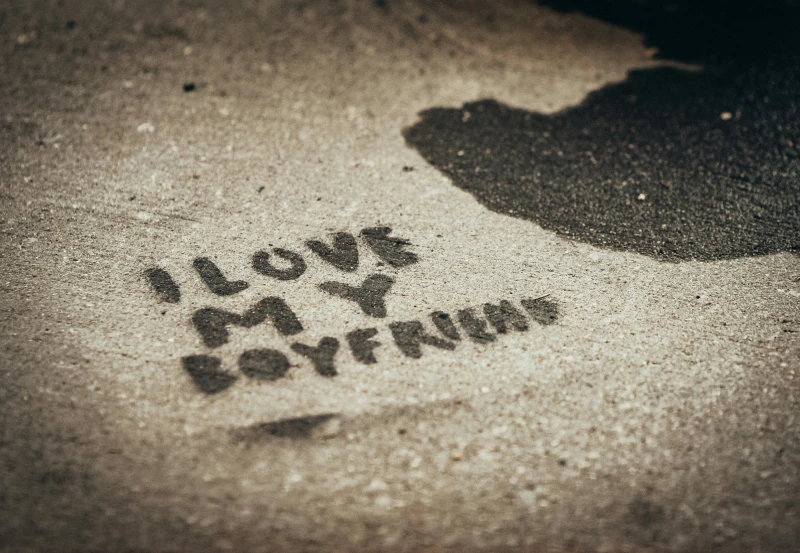
Codependency is a condition in which a person sacrifices their own interests for the sake of another, losing boundaries and freedom. According to the American Psychological Association (APA), the concept entered common use in the 1980s to describe families with alcohol addiction. Today, it is a universal term for many toxic bonds.
Origins and Development of the Concept
The first descriptions of codependency appeared in psychotherapeutic practices related to alcoholism. Relatives of a person with addiction became so focused on their problem that they stopped living their own lives. Later, it became clear that similar dynamics occur in any relationship—romantic, family, friendship, and even professional. Modern research PubMed confirms: codependency affects mental health, increasing the risk of anxiety and depression.
Why Codependency Arises
Childhood Factors
- Emotional coldness of parents: the child learns to earn attention.
- Overprotection: erasing personal boundaries from an early age.
- Experience of instability: the belief that love is always accompanied by pain.
Social Norms
- The myth that “patience is the main virtue of marriage.”
- Shame and fear of judgment when divorcing or ending a relationship.
- A culture of “rescuing” — valuing self-sacrifice above personal boundaries.
Symptoms and Manifestations
Emotional Signs
- Constant fear of losing the relationship.
- Feelings of guilt when trying to express personal needs.
- Compulsive desire to control another person.
Physical and Psychological Consequences
- Chronic fatigue and sleep disturbances.
- Headaches, digestive problems.
- Low self-esteem, anxiety, depressive states.
Codependency Across Cultures
Cultural context influences how such relationships are perceived:
- In East Asian countries, strong attachment is often seen as normal and even an ideal of devotion.
- In Europe and the U.S., the focus is more on individual boundaries, and codependency is more often recognized as a problem.
- In post-Soviet countries, the stereotype still persists that self-sacrifice is a woman’s natural role in the family.
According to Harvard Health, awareness of the problem is the key step toward change, but in cultures with high family cohesion, this is especially difficult.
Modern Challenges
In the 21st century, codependency takes new forms. Social networks and messengers create the illusion of constant presence: partners can monitor each other “online” and demand instant responses. This heightens anxiety and reinforces the dependent dynamic. Psychologists already speak of the phenomenon of “digital codependency.”
How to Break Free from Codependent Relationships
First Steps
- Acknowledge the problem and call it by its name: “codependency.”
- Learn to say “no” without guilt.
- Work with a therapist to build boundaries.
- Develop personal interests and hobbies.
Psychological Help
According to Mayo Clinic, the best results come from combining individual therapy and support groups. Mindfulness practices help notice personal emotions, while cognitive-behavioral therapy techniques can change destructive beliefs.
Consequences of Ignoring Codependency
- For health: chronic stress raises cortisol levels and weakens the immune system.
- For career: decreased concentration and energy affect work performance.
- For personal life: relationships with friends and relatives deteriorate due to constant involvement in a partner’s problems.
Frequently Asked Questions
Is codependency always about romantic relationships?
No. It can also occur in friendships, family, and workplaces, whenever one person takes on the role of “rescuer.”
Can you change your partner?
Change is only possible when both people want it. You cannot “fix” another person by force.
Is it normal to care for loved ones?
Yes, but care becomes a problem when you completely forget about yourself.
A Question for Reflection
Conclusion
Codependent relationships are a trap that is easy to fall into and hard to escape. But awareness, therapy, and developing your own life can break the cycle. According to the WHO, mental health is directly linked to the quality of social connections: the healthier and freer they are, the more resilient a person is to stress and crises.
This material is for informational purposes only and does not replace consultation with a professional. If you recognize yourself in this description, please reach out to a psychologist or psychotherapist.


